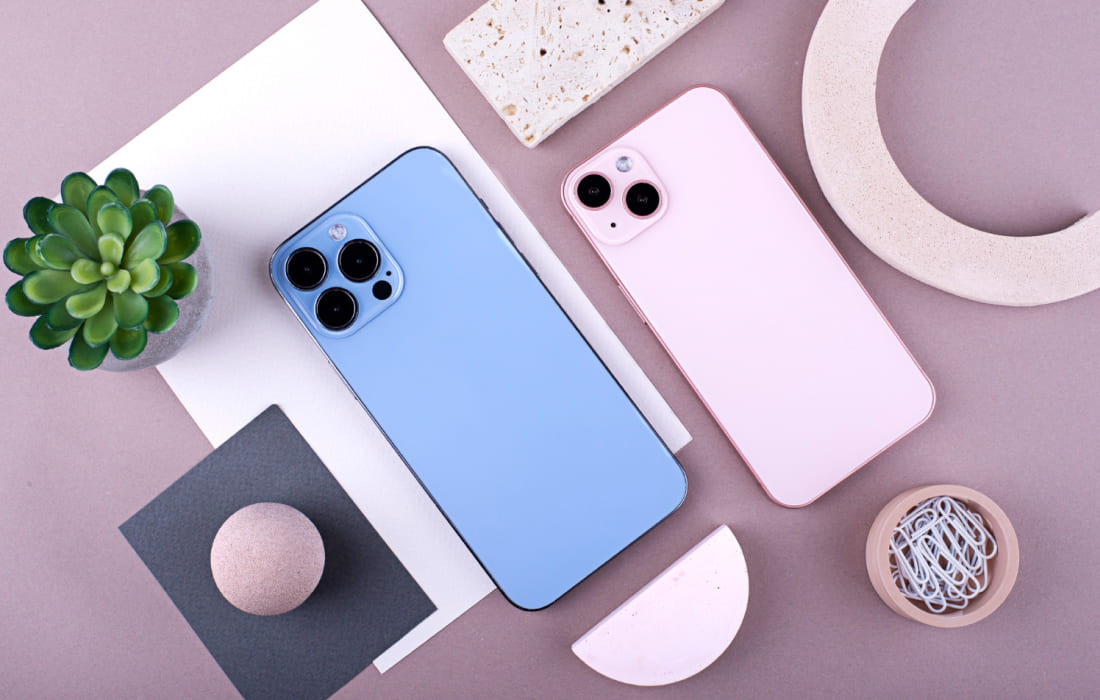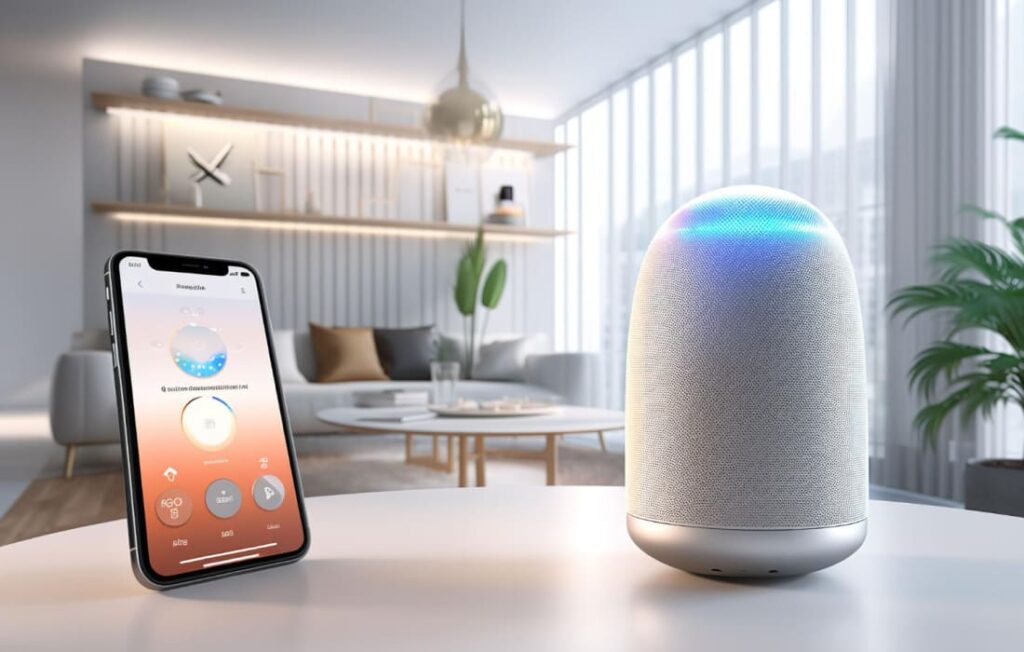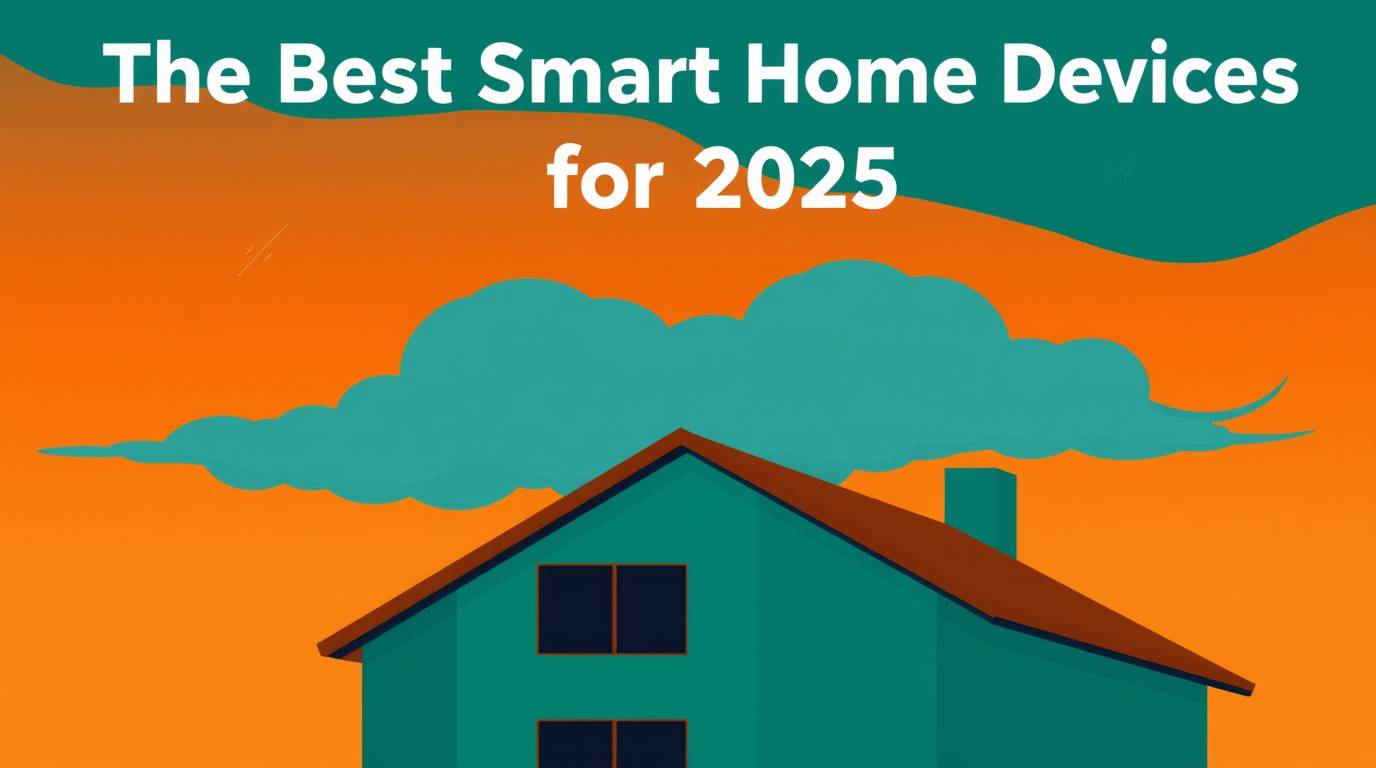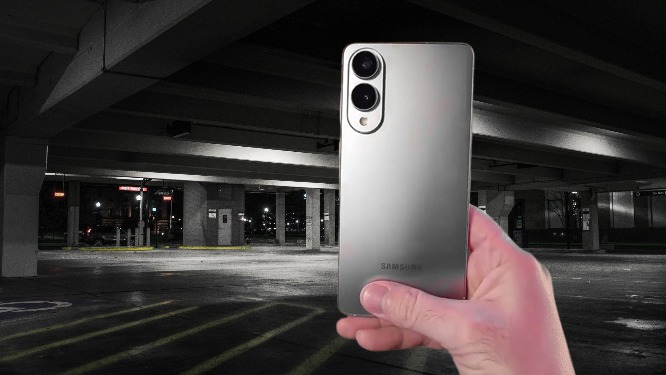The tech world is buzzing with excitement as leaks about the Samsung Galaxy S25 Edge surface, promising a device that could redefine what a flagship smartphone can be. Positioned as Samsung’s answer to ultra-slim competitors like the rumored iPhone 17 Air, this device combines cutting-edge technology with a razor-thin design. At Global Tech Pulse, we’re diving into the details of these leaks to give you a front-row seat to what could be one of 2025’s most anticipated gadgets. Let’s explore why this phone is generating so much hype and how it fits into the ever-evolving tech landscape.
A Design That Steals the Spotlight
Imagine holding a smartphone that’s barely thicker than a credit card. According to leaks, the Galaxy S25 Edge boasts a jaw-dropping 5.84mm thickness and weighs just 162 grams, making it Samsung’s slimmest and lightest Galaxy S series phone ever. This sleek profile is crafted with a titanium alloy frame, available in three stunning shades: Titanium Jet Black, Titanium Icy Blue, and Titanium Silver. These colors not only scream premium but also align with the aesthetic of the Galaxy S25 Ultra, giving the Edge a flagship vibe without the hefty price tag.
But slimness doesn’t mean fragility. The phone is rumored to feature Gorilla Glass Victus 2 for durability, ensuring it can handle life’s bumps and scratches. Samsung’s focus on a fashion-forward design makes this device a perfect blend of style and substance, appealing to trendsetters and tech enthusiasts alike.
A Display That Dazzles
The Galaxy S25 Edge is set to impress with a 6.7-inch Dynamic LTPO AMOLED display, offering a 2K resolution and a 1-120Hz variable refresh rate. Leaks suggest it reaches a peak brightness of 2,600 nits, making it ideal for outdoor use. The screen’s 1.32mm bezels—matching the ultra-premium Galaxy S25 Ultra—create an immersive viewing experience, whether you’re streaming, gaming, or browsing.
What sets this display apart? Rumors point to tandem OLED technology, a feature seen in high-end devices like Apple’s iPad Pro. This tech eliminates the need for a backlight, allowing for a thinner profile while maintaining vibrant colors and deep blacks. For those who crave a cinematic experience in their pocket, this display could be a game-changer.
Power-Packed Performance
Under the hood, the Galaxy S25 Edge is expected to pack the Snapdragon 8 Elite for Galaxy chipset, the same powerhouse driving the rest of the S25 series. Paired with 12GB of RAM and UFS 4.0 storage (available in 256GB and 512GB variants), this phone promises blazing-fast performance. Whether you’re multitasking, editing videos, or playing graphics-intensive games, the Edge is built to keep up.
To manage heat in its ultra-slim body, Samsung reportedly uses a larger but narrower vapor chamber for cooling. Early Geekbench leaks show performance scores on par with the Galaxy S25 Ultra, confirming that this slim device doesn’t compromise on power. Plus, it runs on One UI 7 based on Android 15, bringing Galaxy AI features like Photo Assist, Note Assist, and Audio Eraser to enhance your daily experience.
A Camera That Captures Every Moment
Photography fans, get ready. The Galaxy S25 Edge is rumored to feature a 200MP main camera (ISOCELL HP2), matching the prowess of the Galaxy S25 Ultra. Paired with a 12MP ultra-wide lens, this dual-camera setup prioritizes quality over quantity. While some leaks hint at a possible 50MP ultra-wide lens, the focus remains on delivering sharp, vibrant shots, from sprawling landscapes to detailed close-ups. A 12MP front camera ensures your selfies and video calls look crisp.
Samsung’s advanced image processing, combined with Galaxy AI features, could make this camera system a standout. Whether you’re shooting in low light or capturing fast-moving action, the Galaxy S25 Edge aims to deliver professional-grade results with minimal effort.
Battery and Charging: A Necessary Trade-Off?
To achieve its ultra-slim design, the Galaxy S25 Edge reportedly houses a 3,900mAh battery, smaller than the 4,000mAh in the standard Galaxy S25 or the 4,900mAh in the S25 Plus. While this might raise eyebrows, the Snapdragon 8 Elite is known for its efficiency, potentially offsetting the smaller capacity. The phone supports 25W fast charging, which, while not the fastest in 2025, ensures quick top-ups.
For users prioritizing portability over all-day battery life, this trade-off might be worth it. However, heavy users may need to keep a charger handy for extended gaming or streaming sessions.
Pricing and Availability: Where Does It Fit?
Leaked pricing positions the Galaxy S25 Edge as a premium yet accessible option in Samsung’s lineup. In Europe, the 256GB model is expected to cost between €1,200-€1,300 (roughly $1,300-$1,400), while the 512GB version could hit €1,300-€1,400 ($1,400-$1,520). In India, prices may range from Rs 94,800 to Rs 1,03,400. This places the Edge just above the Galaxy S25 Plus ($999) but below the Galaxy S25 Ultra ($1,299), making it a compelling middle-ground choice.
The phone is slated for a global launch on May 13, 2025, with pre-orders possibly starting as early as April 15. It’s expected to be available in 39 countries, including India, and will come with IP68 dust and water resistance and connectivity options like Bluetooth 5.4, Wi-Fi 7, and USB 3.2 Type-C.
Why the Galaxy S25 Edge Could Trend Globally
The Galaxy S25 Edge isn’t just another smartphone—it’s a bold statement in a market craving innovation. Its ultra-slim design, premium materials, and flagship features position it as a direct competitor to Apple’s rumored iPhone 17 Air. By blending style, performance, and cutting-edge tech, Samsung is targeting users who want a device that stands out in both form and function.
Social media platforms like X are already abuzz with excitement, with posts highlighting the phone’s sleek design and powerful camera. As consumers increasingly value portability and aesthetics, the Galaxy S25 Edge could spark a trend toward slimmer, fashion-focused flagships.
Should You Wait for the Galaxy S25 Edge?
If you’re in the market for a smartphone that combines elegance with top-tier performance, the Galaxy S25 Edge is worth the wait. Its slim profile doesn’t sacrifice power, and its camera and display rival the best in the industry. However, the smaller battery might be a drawback for power users. For those upgrading from older Galaxy models or seeking a stylish alternative to bulkier flagships, this phone could be a perfect fit.
Stay tuned to Global Tech Pulse for the latest updates as we approach the official launch. What do you think about the Galaxy S25 Edge? Share your thoughts in the comments below!
For More Details:









